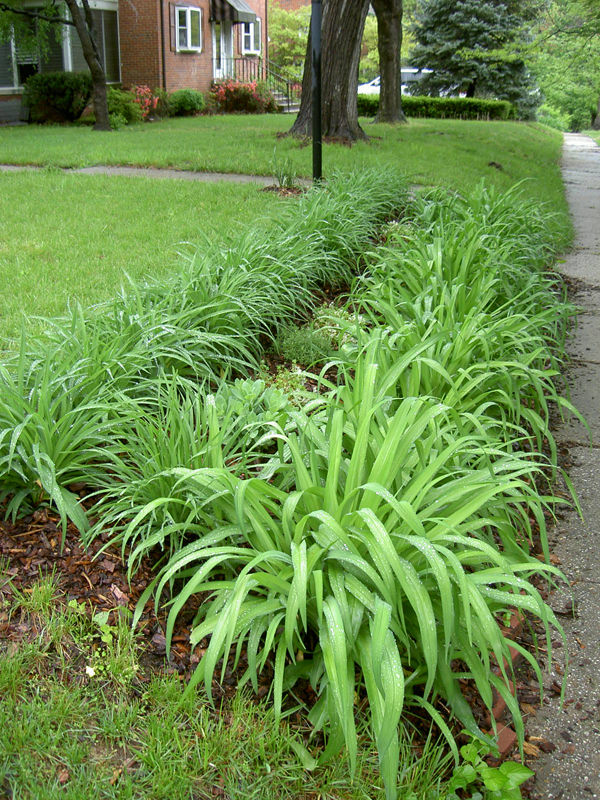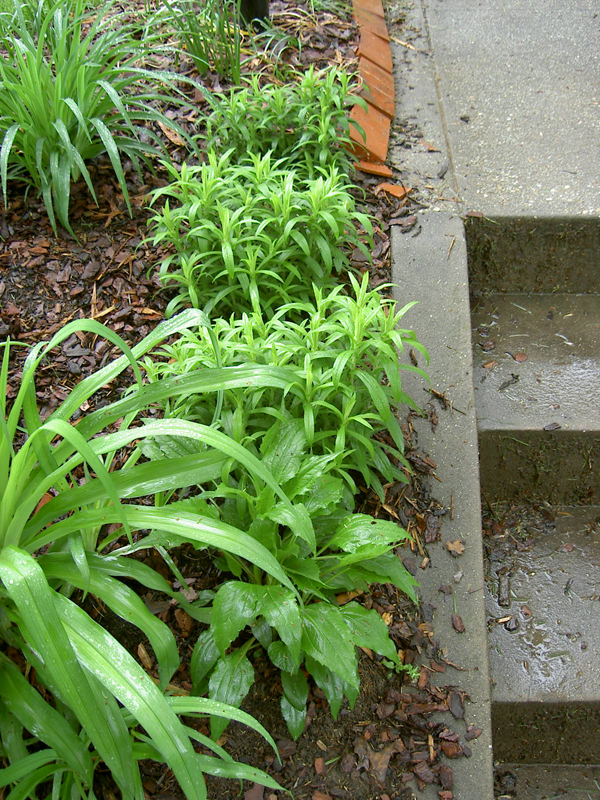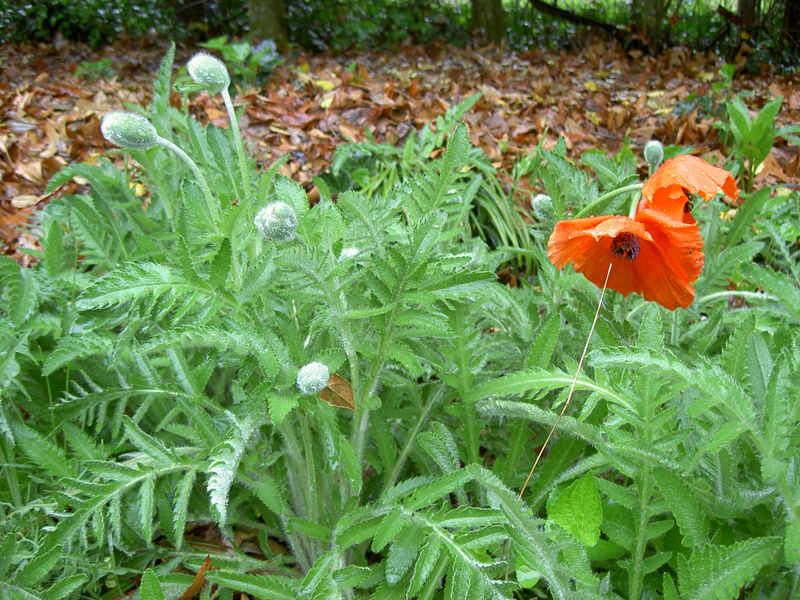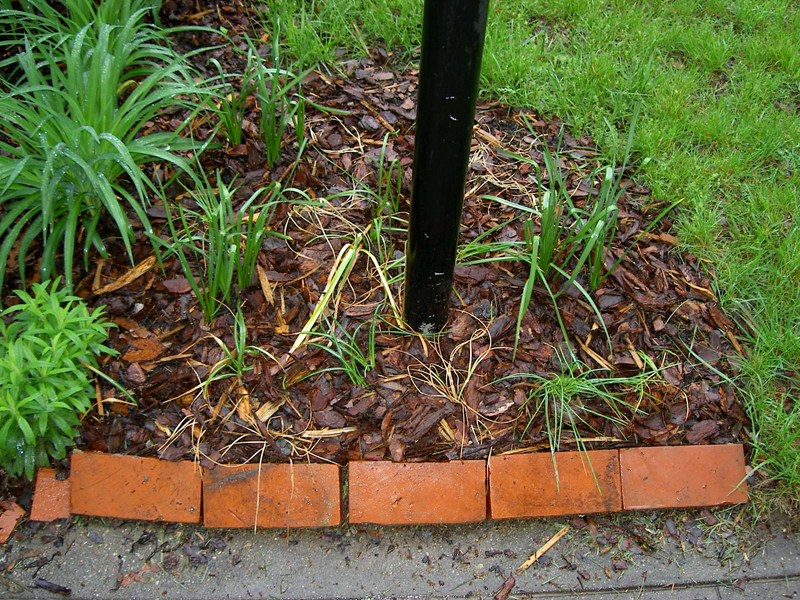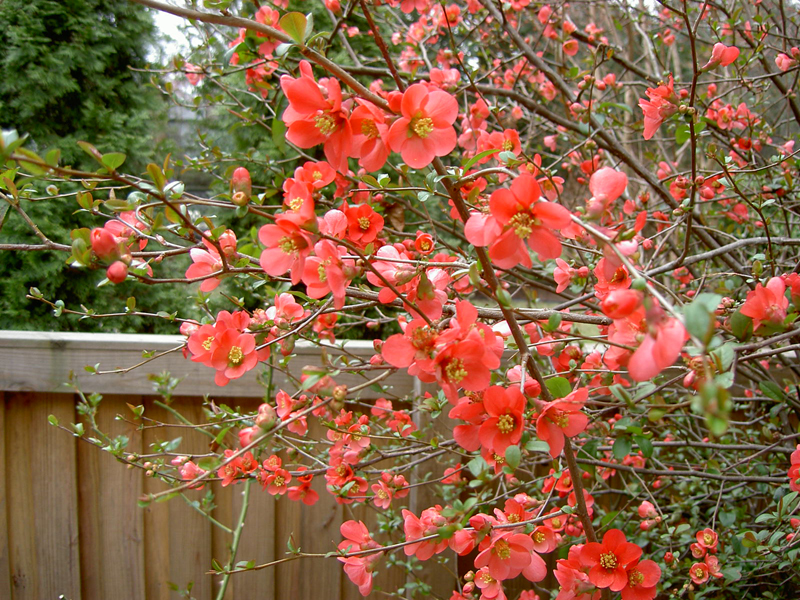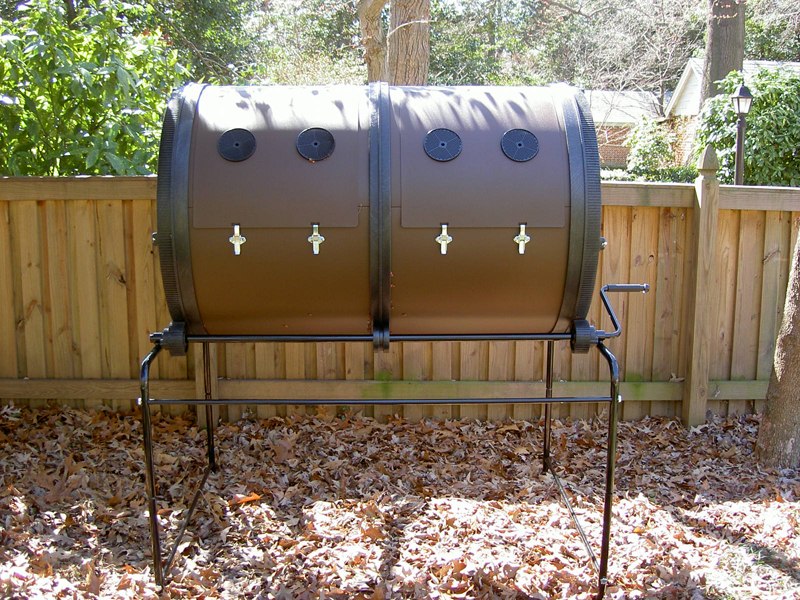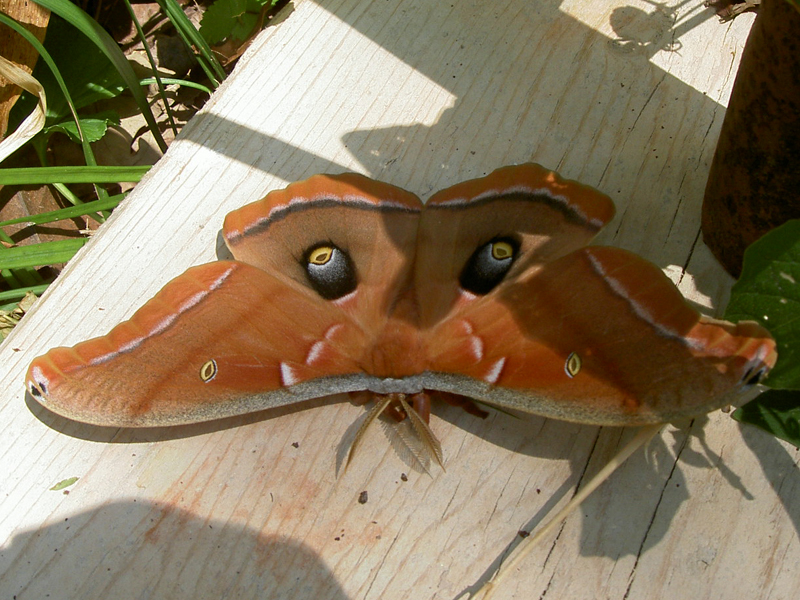
Male Polyphemus Moth in our backyard.
This has been a great summer for sighting large insects in our backyard! I can’t take too much credit, as they’re attracted to food sources already present that I simply leave alone. The cicada killers love our yard, possibly more so than other sandy-soiled backyards in our town because I don’t use pesticides on our lawn which makes the ground a friendly habitat for them to make their burrows. I imagine they can find cicadas pretty much anywhere, but clean ground is more rare out here in the suburbs. We’ve had several swooping around our backyard these past couple of weeks, and little hills of dirt are starting to pop up. Not to be confused with the mole mounds that are also appearing, although I’m now wondering if some of last year’s hills that I attributed to the mole were actually from the wasps. For the first time this year I also spotted dragonflies in our yard, which tells you how bad the mosquitoes have been around here. Not just in our yard: on a recent walk through the town park, I saw at least a dozen dragonflies and damselflies swooping over the grass.
The most exciting find, however, was something totally new. Yesterday, the contractor who’s repairing our rear wall alerted me to the presence of a male Polyphemus Moth outside on his scaffolding. While I’ve heard all about these giant moths that don’t eat and die shortly after breeding — the Luna Moth being the most celebrated — I’d never seen one before. I can see why people get so excited about them: they are so cool! Besides being as big as my hand, the predator wing-snap reflex is something else. One small twitch of a neighboring leaf as I tried to get a better photo, and BANG out come the wings with the little cat eyes staring right at me.
This is the second insect I’ve seen this year that prefers sassafras for food. We have a small sassafras tree on the south side of our house, and two saplings springing up next to it. Sadly, the sassafras is in the area that might have to go the way of a dead tree if we decide to do exterior waterproofing work around our house. For now, though, it’s apparently providing habitat for not just an enormous moth but the Spicebush Swallowtail, several of which I’ve seen in our yard this year. The moth apparently also enjoys quince leaves, so it’s possible it was hanging out in the small grove of those this summer.
Besides these exciting newcomers, we have a gazillion crickets in the lawn, which means I am constantly startling little flocks of sparrows up out of the grass when I go outside. The odd Jiminy-type cricket makes its way into the basement — by which I mean LARGE — and when that happens we rescue it from the risk of the glue-traps (set out for the completely squicky camel crickets to meet their slow dooms) and toss it back into the lawn for the birds. Speaking of birds, having sprayed for the Eastern Tent Caterpillars this year, the cherry trees were healthy enough to actually set fruit, and we have loads of birds munching away in the heights. All of which assures me that I am providing plentiful food sources even with the discontinuation of my bird feeders following our various rat and cat problems.
